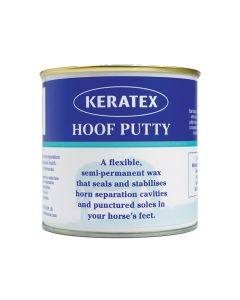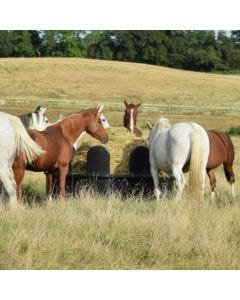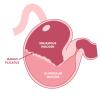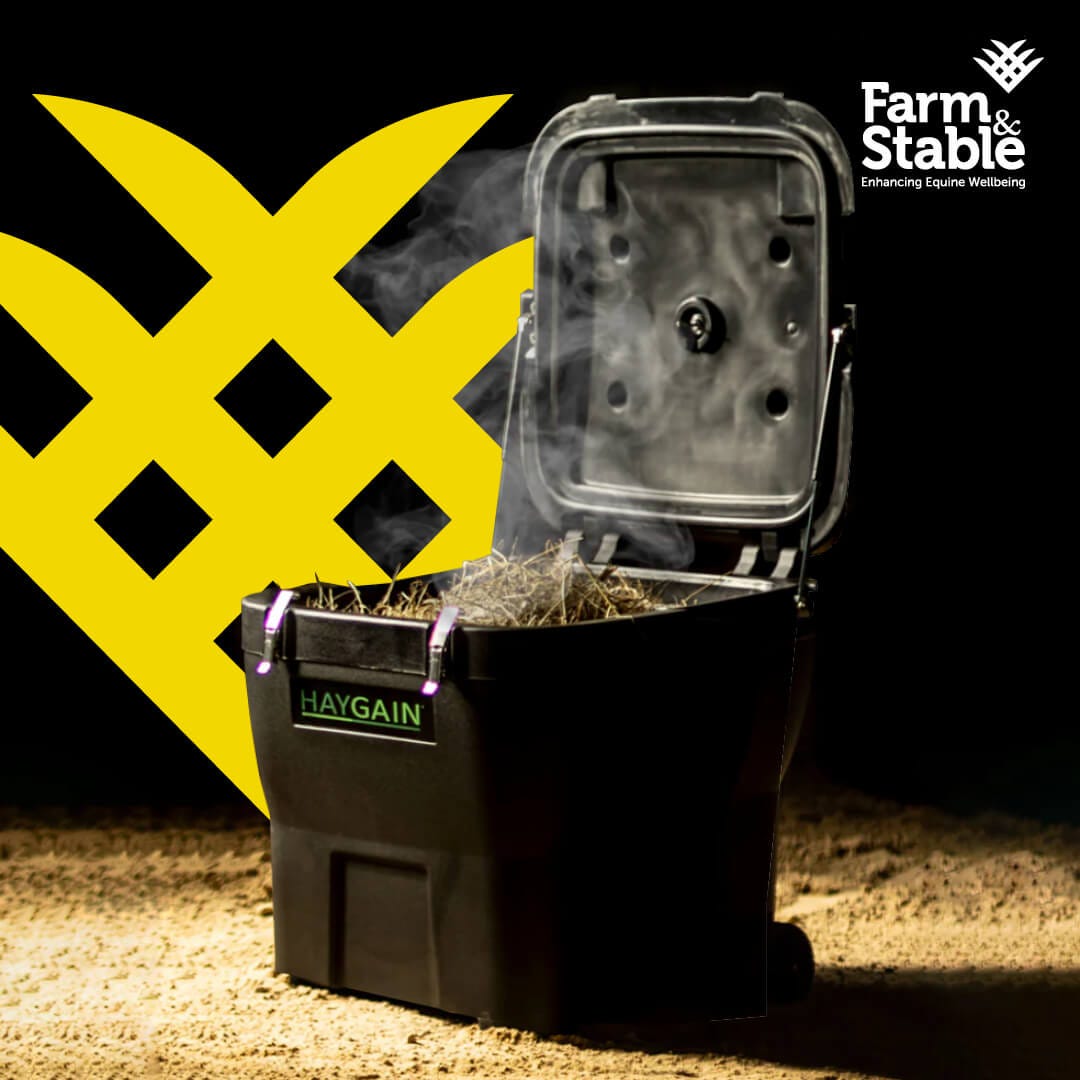How to prevent mud-fever this winter!
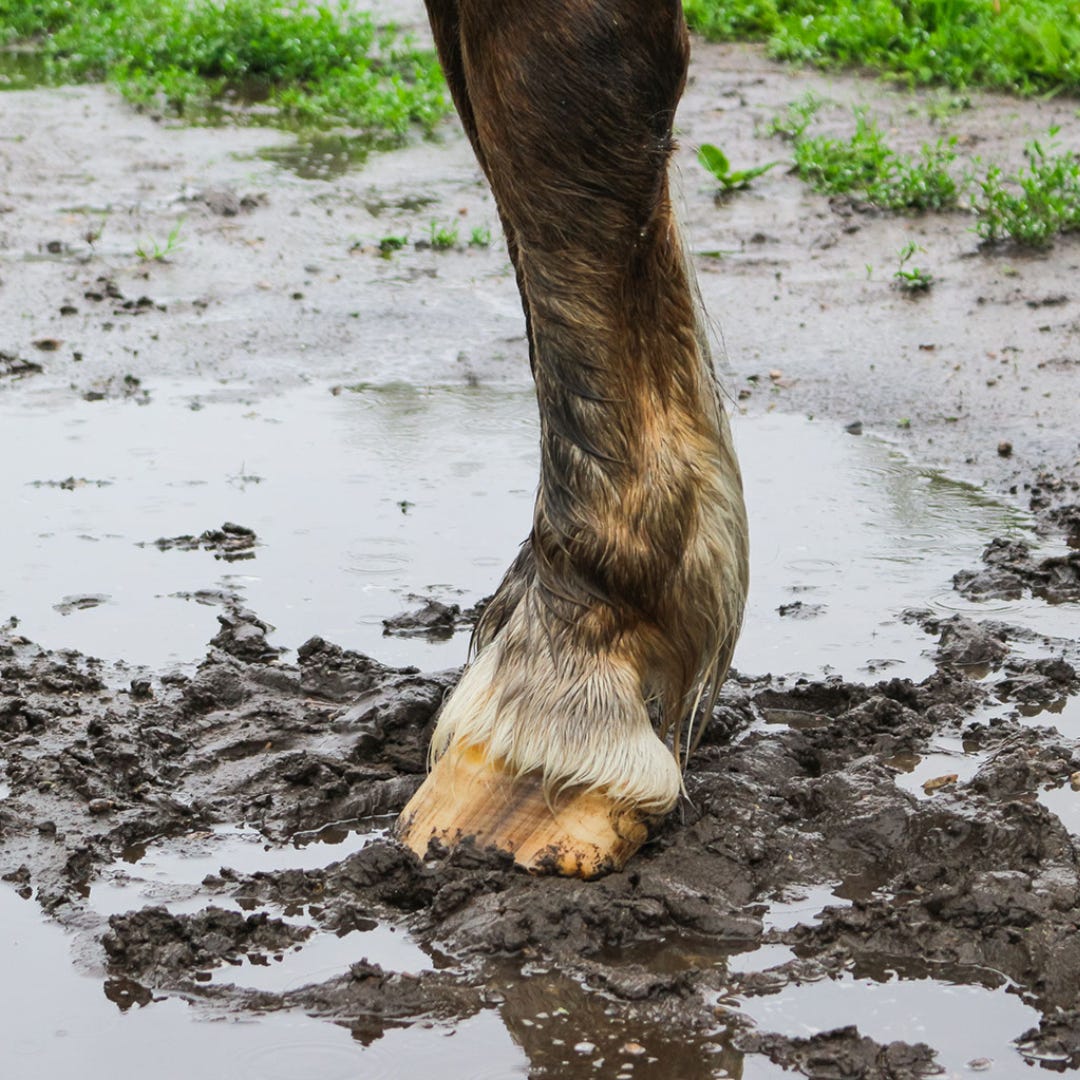
Mud-fever is a condition that horse owners across the country will be preparing for as the British weather turns wet for winter.
The UK is world-famous for its wet and windy weather, so it is no surprise that muddy fields are almost entirely unavoidable in winter. No matter how hard you try to rest the paddocks, the once green pasture looks more like a sea of mud… at least in parts (near the gate and around your hay feeder).
For the horses that spend many hours standing in (and sometimes rolling in) the mud, getting mud fever is a likely (but preventable) possibility.
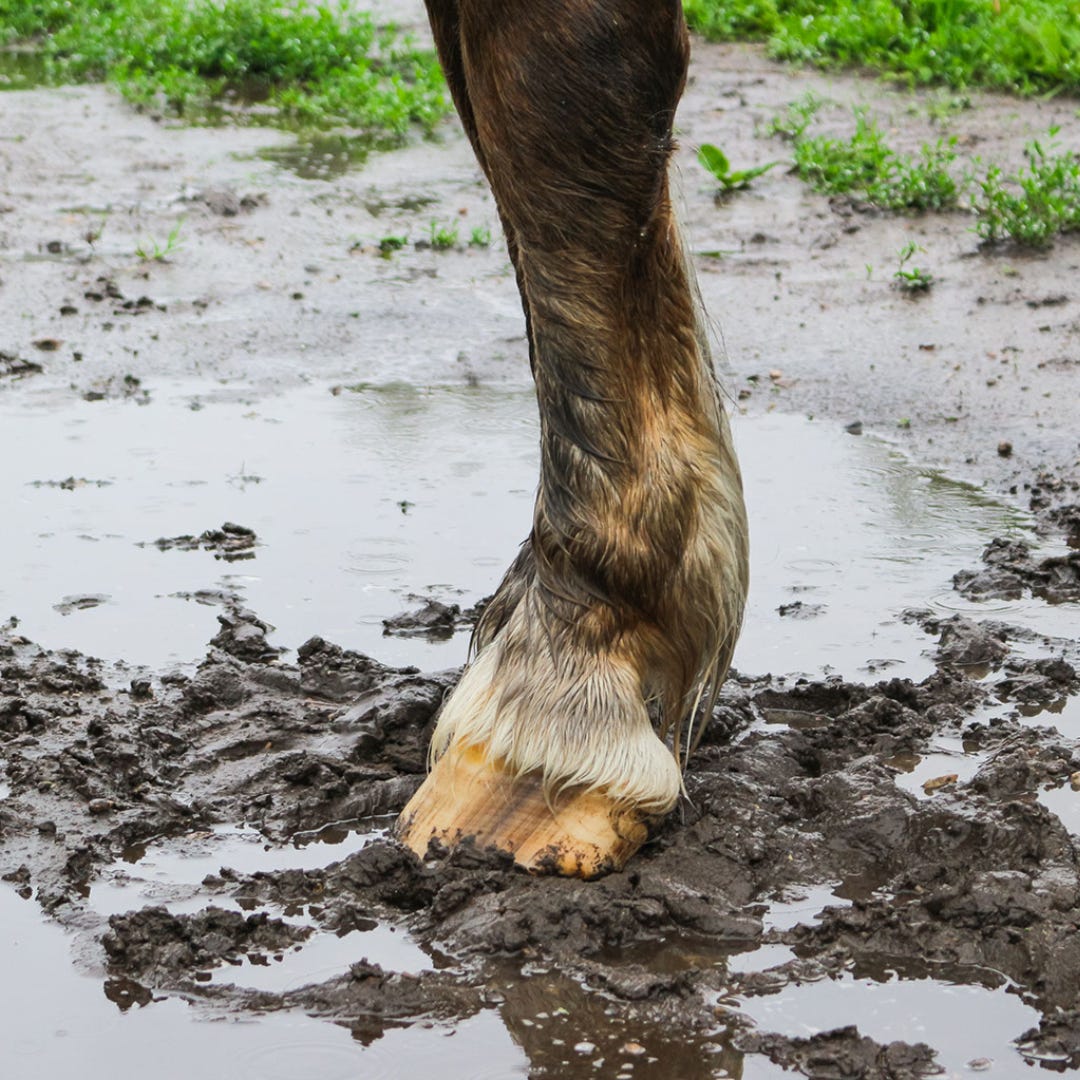
The condition, also known as rain scald, equine dermatitis, scratches or greasy heel, is essentially a bacterial infection that causes irritation and inflammation of the skin.
It will often occur as a result of moist conditions and mostly affects the heels of a horse.
Much like for us if we left our feet in water for any length of time, standing in watery mud will soften the skin, making it more vulnerable. For horses, the skin then becomes more susceptible to bacteria that sits in the mud.
What are the signs of mud fever?
These are the symptoms of mud fever you must look out for. It is important to catch this early as the condition will spread if it is not treated. Note that these symptoms are most likely to occur on or around the heel, but can appear anywhere on the body:
- Cracked skin. This will eventually worsen into a painful crust and scabbing.
- Swelling or heat in the lower leg – the horse may present as lame.
- The presence of small rough to touch scabs.
How to prevent mud fever?
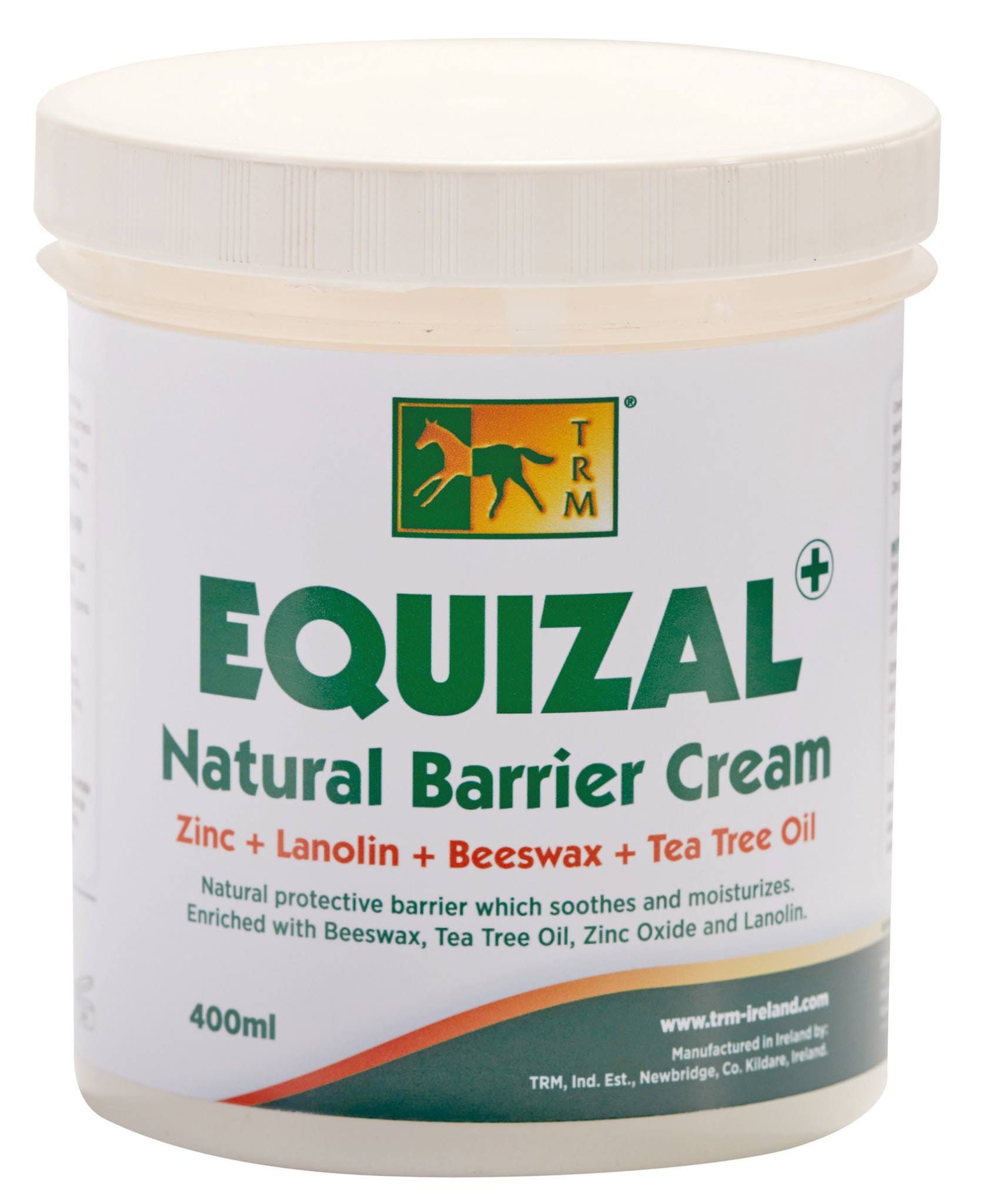
If standing in a muddy field is unavoidable, how do you stop a condition like this? Well, it is surprisingly easy….IF you take the right preventative steps.
- The first step is to try to minimise access to the wet and muddy ground as much as possible, but if this cannot be avoided bring them in daily- this can be when they are fed- and thoroughly dry their legs with a clean towel.
- The second most important measure to keeping dry is using a barrier cream. This is particularly important during long spells of wet weather as moisture and mud will be unavoidable. TRM Equizal is a natural protective barrier cream enriched with Beeswax, TeaTree, Zinc and Lanolin. As an oil-based cream, it repels mud and moisture which is essential for protecting the heels.
- Only hose off your horse’s legs or body unless absolutely necessary, and if you do, ensure you fully dry the horse off afterwards.
- The infection can pass from horse to horse, so try to separate any horse with the infection away from other horses. We also suggest an antibacterial wash for any grooming equipment used on an infected horse to help prevent the spread to others.
How do I prevent stop or mud-fever?
There are many products on the market that can help you in the event of mud-fever – however, the one we find to be the best and each year see proven results with is Thoroughbred Remedies Manufacturing’s (TRM) Equizal Barrier Cream . It contains many natural ingredients all with healing properties making it an excellent choice for treating mud-fever. It soothes and moisturises sore and scabby skin that is often associated with mud-fever.
TRM’s Equizal Natural Barrier Cream contains:
- Zinc- a micronutrient that is essential to good health. Zinc plays a major role in regulating every phase of the wound healing process, ranging from membrane repair, oxidative stress, coagulation, inflammation and immune defence, tissue repair, and scar formation.
- Lanolin- an extremely hydrating oil that has the ability to soften skin to help improve the appearance and the feel of rough, dry, or flaky areas.
- Beeswax- used for relieving pain. It is also used to relieve swelling and inflammation.
- Tea tree oil- possesses antibacterial, anti-inflammatory, antiviral, and antifungal properties.


 Forgotten your password?
Forgotten your password?  Free Delivery on all orders over £95+VAT
Free Delivery on all orders over £95+VAT

